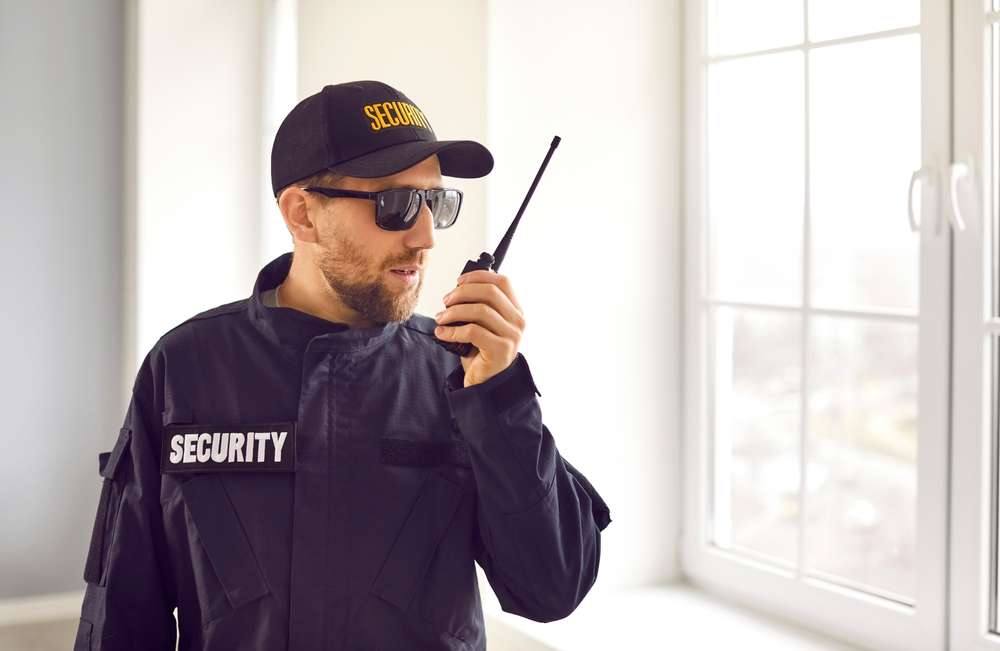Enhance site safety with professional security staff
Maintaining a secure environment demands vigilant security staff trained to assess risks and respond promptly to incidents. From access control to surveillance monitoring, qualified security officers ensure safety and compliance across commercial, industrial, or event sites. Companies benefit from reduced liability, enhanced personnel protection, and increased public confidence when deploying a well-trained security team with modern protocols and equipment.

Daily Responsibilities of Security Officers in Commercial Settings
Security officers in commercial environments perform a diverse range of duties that collectively create layers of protection throughout the facility. Access control stands as a primary function, with officers verifying credentials, managing visitor logs, and ensuring only authorized individuals enter restricted areas. This frontline screening helps prevent unauthorized access that could lead to theft, vandalism, or safety concerns.
Surveillance monitoring has evolved into a sophisticated responsibility requiring officers to simultaneously track multiple video feeds, recognize suspicious behavior patterns, and coordinate responses when necessary. Many commercial security teams maintain regular patrol schedules, checking perimeters, testing door locks, and maintaining visible presence to deter potential criminal activity.
Documentation represents another crucial daily task, with security staff maintaining detailed logs of incidents, visitor information, and observed irregularities. These records prove invaluable during investigations and help identify recurring security vulnerabilities. Additionally, officers frequently serve as emergency responders, trained to administer first aid, manage evacuations, and coordinate with emergency services during crises ranging from medical emergencies to natural disasters.
How Certified Security Personnel Enhance Safety and Prevent Incidents
The difference between untrained guards and certified security personnel becomes most apparent during critical situations. Professional security officers undergo rigorous training programs covering conflict de-escalation, emergency response, legal compliance, and threat assessment. This specialized knowledge enables them to recognize potential problems before they escalate and respond appropriately when incidents occur.
Certification programs such as the Certified Protection Professional (CPP) and Physical Security Professional (PSP) credentials establish standardized competency benchmarks, ensuring officers possess verified skills in risk assessment, security system implementation, and emergency management. These credentials typically require both formal education and significant field experience, creating a professional security workforce capable of implementing comprehensive protection strategies.
Risk mitigation capabilities represent perhaps the most valuable contribution of certified security personnel. Their trained observation skills allow them to identify suspicious behaviors, dangerous conditions, or security vulnerabilities that might otherwise go unnoticed. This proactive approach prevents many incidents from occurring in the first place—a benefit that cannot be measured by incident reports alone since it reflects problems successfully avoided rather than addressed.
Modern Technology Used by Security Teams for Risk Mitigation
Today’s security officers leverage sophisticated technological tools that significantly enhance their effectiveness. Advanced video surveillance systems now incorporate artificial intelligence capabilities that can identify unusual movement patterns, unattended packages, or unauthorized access attempts, alerting security personnel to potential concerns requiring human investigation.
Access control technology has similarly evolved beyond simple key cards to include biometric verification, mobile credentials, and integrated systems that provide real-time occupancy data across facilities. Security teams use these systems to monitor flow patterns, verify identities, and immediately lock down areas during emergencies.
Communication systems enabling instant coordination between security team members represent another technological advancement. Modern security teams utilize encrypted radio networks, smartphone applications, and centralized command centers that facilitate rapid information sharing and coordinated responses across large facilities or multiple locations. These communication tools prove particularly valuable during emergencies when clear, immediate information exchange can significantly impact outcomes.
Security Staff Deployment Strategies Across Different Commercial Settings
Different commercial environments require customized security approaches based on specific risk profiles and operational needs. Retail environments typically emphasize loss prevention alongside customer safety, with security personnel trained to recognize shoplifting behaviors while maintaining a customer-friendly presence. Office buildings generally focus on access control and visitor management, with security staff ensuring only authorized individuals access work areas while maintaining professional, hospitality-oriented interactions.
Industrial facilities present unique security challenges related to both asset protection and compliance with safety regulations. Security teams in these environments often receive specialized training regarding hazardous materials, equipment safety, and regulatory requirements. Meanwhile, healthcare security requires personnel skilled in managing potentially volatile situations involving patients or visitors experiencing extreme stress while simultaneously protecting sensitive areas and valuable medications.
The Cost of Professional Security Services
Professional security staffing represents a significant investment that varies based on numerous factors including geographic location, required certification levels, and deployment duration. Understanding typical cost structures helps organizations develop appropriate security budgets while recognizing the return on investment through reduced losses and liability.
| Service Type | Average Hourly Rate | Additional Considerations |
|---|---|---|
| Basic Unarmed Security | $20-30 | Minimal certification requirements |
| Certified Security Officers | $30-45 | Includes formal training credentials |
| Armed Security Personnel | $40-65 | Requires specialized weapons training |
| Executive Protection | $75-150+ | Advanced training and experience |
| Specialized Security (Cybersecurity) | $60-120 | Technical certifications required |
Prices, rates, or cost estimates mentioned in this article are based on the latest available information but may change over time. Independent research is advised before making financial decisions.
Beyond hourly rates, organizations should consider additional costs including security equipment, liability insurance requirements, and management oversight. Many businesses find contract security services provide cost advantages over maintaining in-house teams, particularly regarding training expenses and coverage flexibility. However, larger organizations with complex security needs sometimes discover long-term savings through developing proprietary security departments once initial investment hurdles are overcome.
The Future of Commercial Security Staffing
The security profession continues evolving toward increased professionalization, with industry trends indicating growing demand for personnel with specialized certifications and technical expertise. Integration between physical security officers and cybersecurity teams represents an emerging development, particularly as organizations recognize the interconnected nature of security threats across physical and digital domains.
Technological advancements will continue reshaping security roles, with officers increasingly serving as system operators who leverage AI-enhanced tools rather than traditional guards. This evolution requires security teams to develop greater technical proficiency while maintaining the human judgment and interpersonal skills essential for effective security operations in commercial environments.
Security staffing remains fundamentally about people protecting people, even as technology transforms methodologies. The most effective commercial security programs balance technological solutions with well-trained personnel who understand both security principles and the specific environments they protect. This combination of human expertise and technological capability creates layered protection systems that significantly enhance site safety across all commercial settings.




